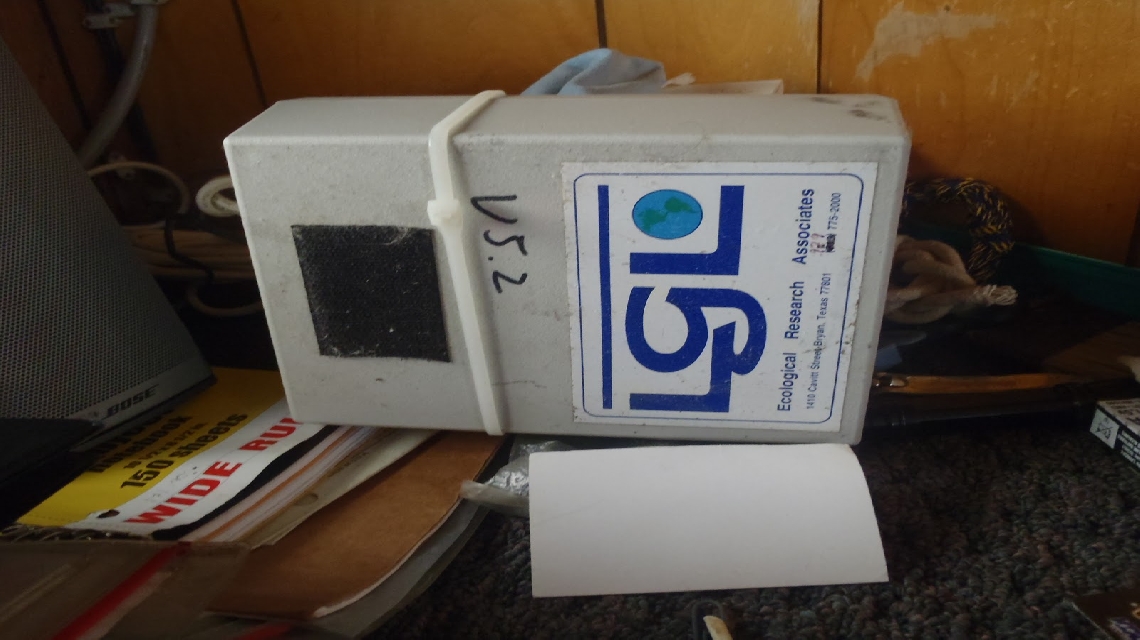As part of NOAA’s Vessel Monitoring System Program, some commercial fishermen operating in federal fisheries are required to carry and operate onboard mobile transceiver units that report vessel location and other data to NOAA Fisheries. The purpose is to track vessel location for fisheries management and enforcement. In order to create a reliable and secure system, and to facilitate dependable mechanisms for fishermen to meet their responsibility to transfer data, NOAA Fisheries established technical and other requirements that mobile transceiver units and the associated communications services must meet.
All mobile transceiver units and communications services used in vessel monitoring systems must be type-approved for use—meaning the mobile transceiver unit and service must meet and remain in compliance with the type-approval requirements.
Previously, the type-approval specifications (requirements) were published in the Federal Register (73 FR 5813). These specifications provided the requirements related to: technical requirements of the unit, satellite communications, and data security, delivery, and latency. The specifications also addressed roles and responsibilities for the type-approval process, change control, customer service, billing, and litigation support.
NOAA Fisheries published a final rule the Federal Register on 24 December 2014 (79 FR 77339) that codified the type-approval specifications, revised latency standards, and established initial type-approval, renewal, revocation, and appeals processes for industry and constituents. The final rule is effective 23 January 2015.
For more information, visit www.nmfs.noaa.gov/ole/about/our_programs/vessel_monitoring_proposed_rule.html.





